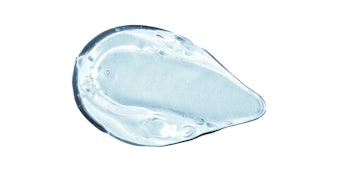
Eyelashes have seen the gambit of treatments: extensions, tints, growth serums and even perms. Now, a new technique is becoming main stream: eyelash transplant surgery.
Healthline spoke with board-certified surgeons, to get a better understanding of what it is, what the benefits are, and what could happen both good and bad.
Related: Risks of Laser Plumes
"Eyelash transplant surgery involves moving hair from one part of the body (usually the back of the head) to the eyelash area (upper or lower eyelid),” said board-certified plastic surgeon Gary Linkov, M.D.
To complete the surgery, the eyelash area is prepped and numbed. Local anesthesia (lidocaine with epinephrine) is used for the scalp and eyelash areas. Then, the new eyelash hairs are inserted one by one.
Pros
The biggest benefit that people see is that the surgery lasts much longer, compared to lash extensions. Eyelash extensions can last for six to eight week, while the surgery gives more of a permanent result that could last up to a lifetime.
Another pro is that the eyelashes are real hairs not synthetic. The hairs are taken from your scalp.
Cons
Something to remember is that this is a surgery, so there are side effects that could occur, including:
pain,
bleeding,
infection,
poor aesthetic outcome and
corneal irritation.
The price may be the biggest pause for most people, with an average price of an eyelash transplant being between $2,500 and $6,000, which is normally not covered by insurance.
The surgery also takes time to show results, Linkov suggested that the results of the surgery are best judged after at least 12 months.
“The transplanted hairs often will fall out with the crusts as soon as 5 to 8 days after the procedure. Most of the rest of the transplanted hairs will fall out over the next two weeks. The new hair shafts will begin to grow in the 4- to 6-month window and will continue to grow." said Linkov.
Lastly, the surgical eyelashes will also need to be maintained more often as they can grow in length thus may require trimming.
Board-certified ophthalmologist and oculofacial plastic surgeon Rona Silkiss, M.D., FACS, said, “The lashes need continual care after surgery. Remember, the transplanted lash hairs are actually scalp hairs, which means that they can grow long in length, and in various directions.”
“Eyelash transplant surgery entails more downtime than a lash extension treatment. Also, with eyelash transplant surgery, it takes a period of time for the lashes to reach their full potential," said Silkiss.











